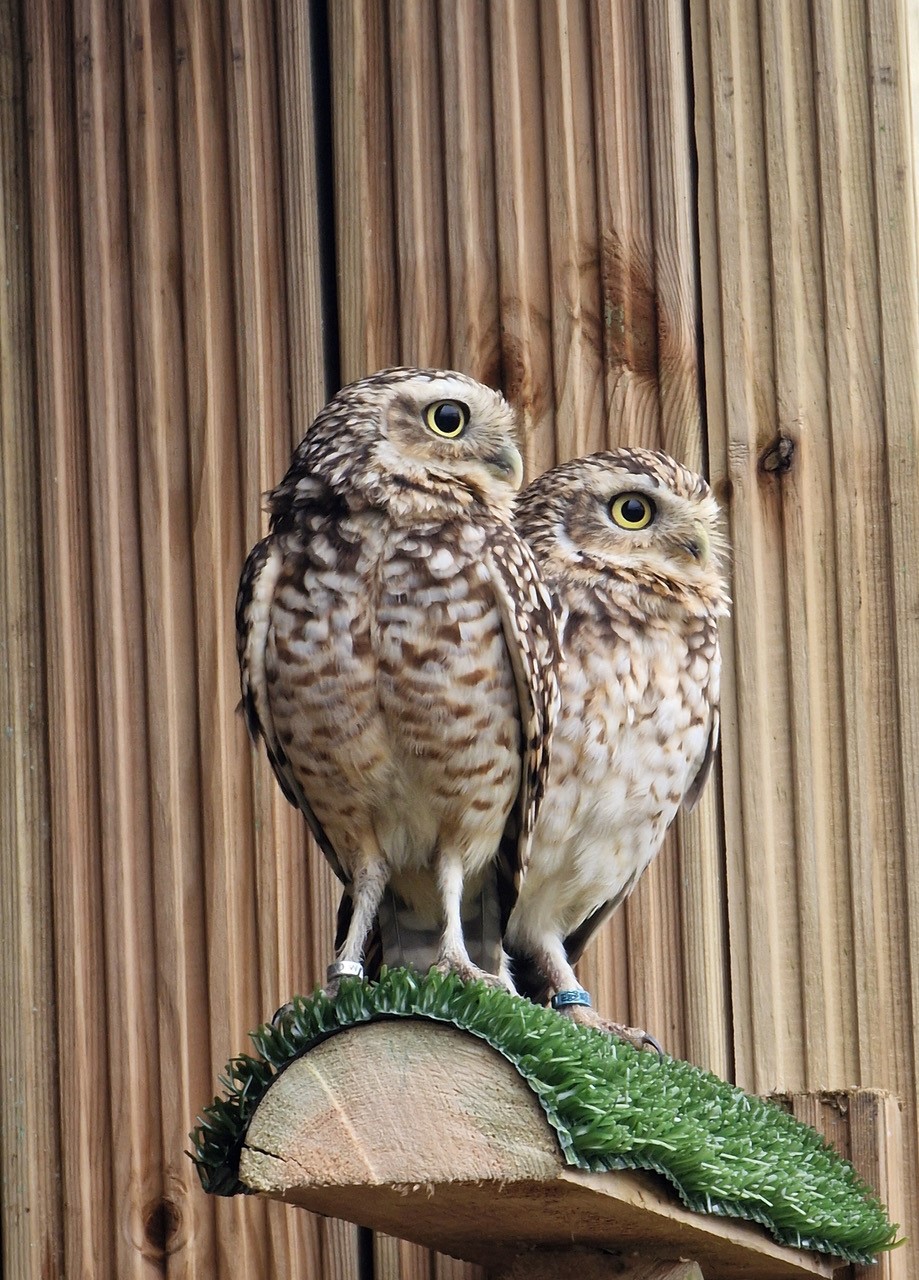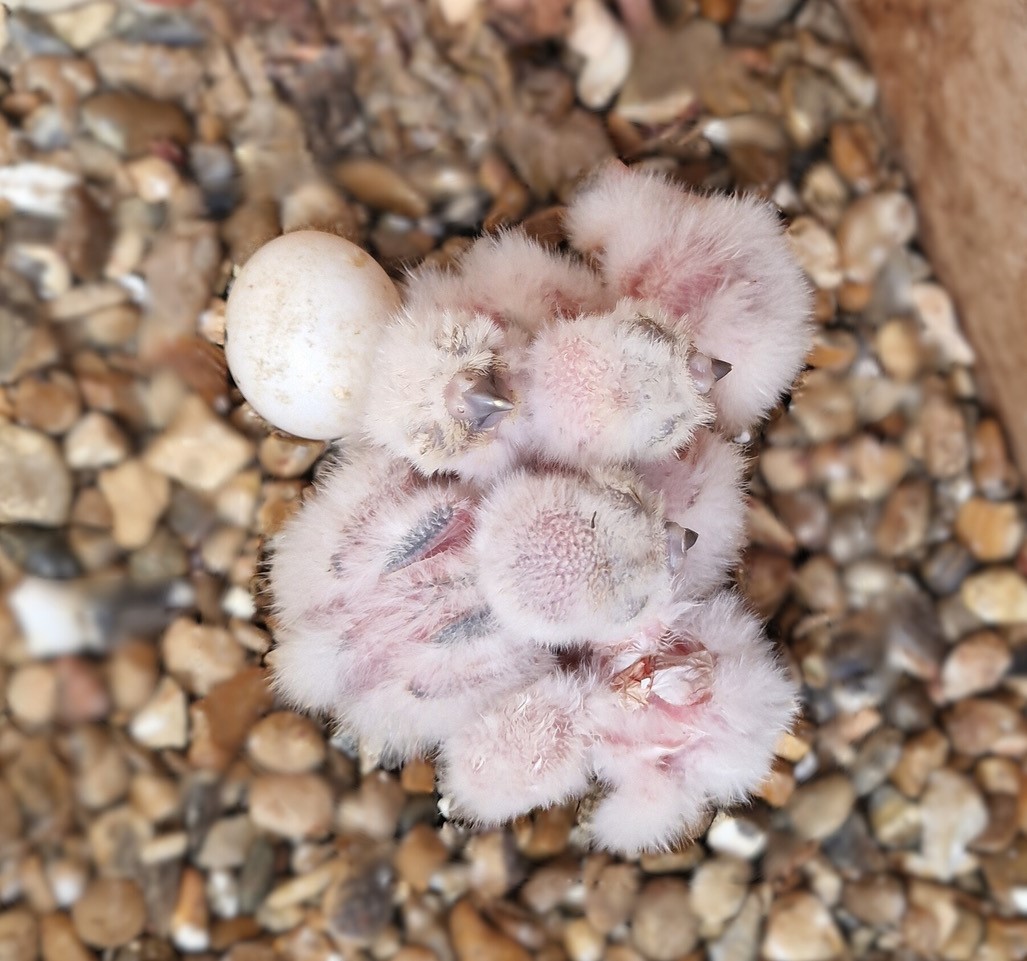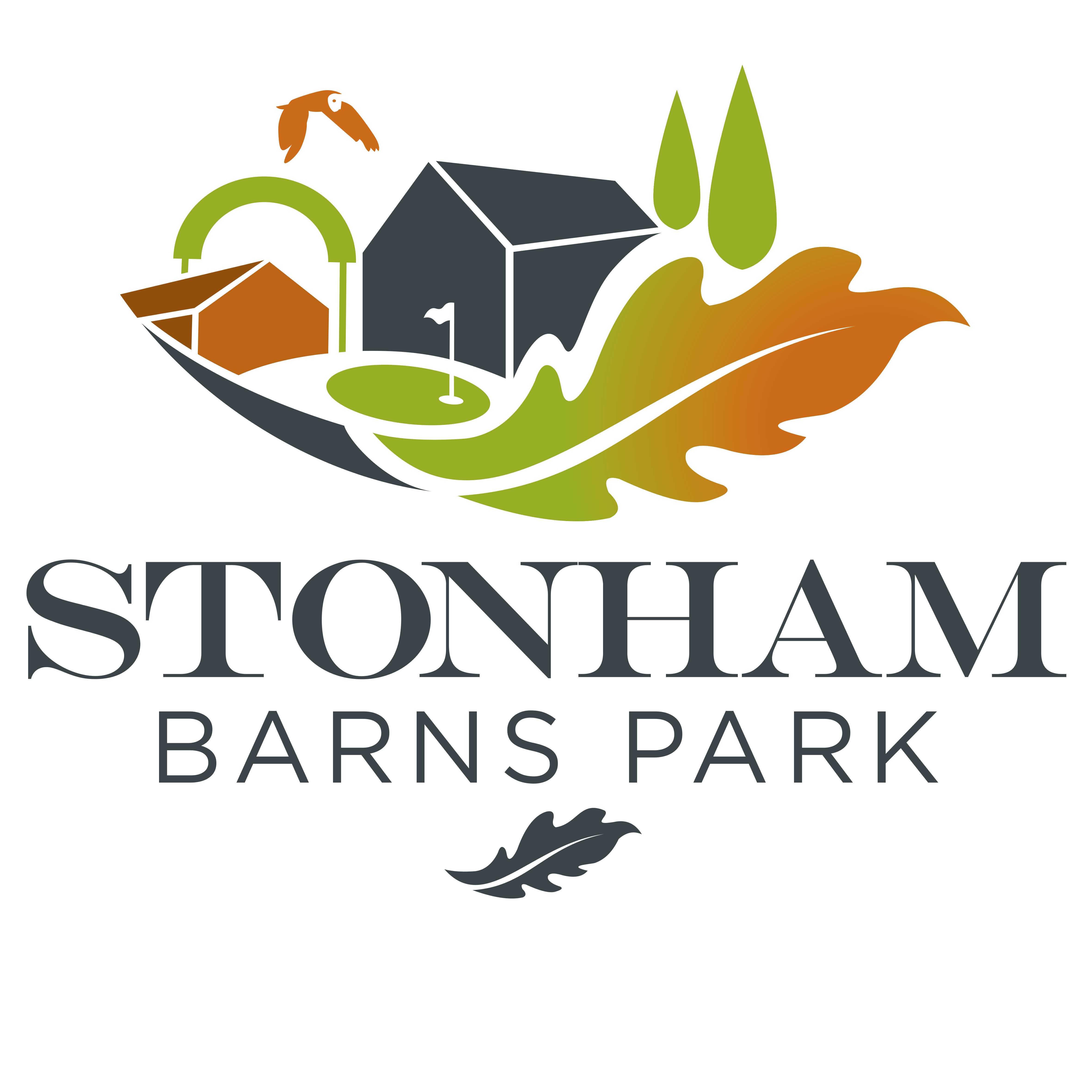The Suffolk Owl Sanctuary Introduces Templeton, Thelma and their weeks-old owlets to the public
The Suffolk Owl Sanctuary and Nature Centre – based at Suffolk’s premier visitor destination Stonham Barns Park at Stonham Aspal – is getting set for a busy Half Term as it announces the news that its Burrowing Owls Templeton and Thelma have welcomed a brood of owlets.
Templeton and Thelma were moved to a brand-new aviary in March to coincide with the last Half Term. To coincide with the forthcoming Half Term the SOS has announced that the Burrowing Owl pair are successfully rearing a set of owlets that may begin to fledge in time for the holiday period (26 – 30 May).
During the half term families are invited to attend Outdoor Flying Displays and Wildlife Talks to get a better understanding of wildlife and the opportunity to see the various animals close up. The events will be run as follows:
11.00am Meerkat Talk
11:30am Flying Display
2:00pm Porcupine Talk
2:30pm Flying Display
3:30pm Armadillo Talk
Visitors will be able to complete an ‘Animal Quiz’ sheet to win a prize and enter the raffle to win an Animal Adoption at the same time as possibly getting a glimpse of the baby Burrowing Owls and their parents.
Templeton – the smaller male Burrowing Owl – is a part of the current adoption scheme.
The much-loved charitable organisation operates a comprehensive facility for the care and rehabilitation of raptors from the region, and the public promotion of wildlife conservation throughout the UK and beyond. It is open to the public all year round where it maintains its services with the support of public donations and an adoption scheme.
Adopt an animal schemes are available and make popular presents. They range from £5 monthly upwards. Other owls currently up for ‘adoption’ include Cobweb the Barn Owl, Titch the Tawny Owl, Cecil the Spectacled Owl and Tura the Siberian Eagle Owl along with some mammals from the Nature Centre.
Explains Avian Trainer Hannah Gourlay: ‘We are all really excited to announce our latest news.’
‘Having only just moved into their new enclosure – back in February – we can definitely say that our Burrowing Owls Thelma and Templeton love their new space and have been very busy.’
‘Some quiet and patient visitors to the Suffolk Owl Sanctuary may be lucky enough to spot the owlets fledging and beginning to explore their new enclosure.’
‘Burrowing Owls in the wild will use burrows created by Ground Squirrels as a safe place to live and nest; we designed the enclosure with this in mind, providing them with plenty of tunnels.’
The Suffolk Owl Sanctuary treats and rehabilitates sick and injured native birds of prey and has a huge and varied collection of birds of prey which are regularly featured in flying displays for the public. At the Nature Centre, and on the Woodland Walk there are mammals too including Meerkats – most recently introduced Porcupines and Armadillos – and Red Squirrels.
There are over 80 birds to see including Owls, Falcons and Vultures. There is also an Education Centre, bug hotels, indoor and outdoor children’s play areas and more.
Please contact the Suffolk Owl Sanctuary for further information on 0345 680 7897.
- Burrowing Owls are typically found in North and South America. They primarily hunt at dawn and dusk; they will watch from a low perch waiting for prey to appear. These owls have a variety of hunting techniques: they will fly up to catch an insect mid-air, they will fly down to pounce on prey and they can chase after their prey on foot thanks to their long legs.
- Burrowing Owls are the only owl species to live underground; they nest, roost and raise chicks in burrows left by other animals like Prairie Dogs and Ground Squirrels. Living in open areas with few trees, these burrows offer safety from predators and protection from the elements.
- Before laying eggs, Burrowing Owls carpet the entrances to their burrows with animal dung; this attracts dung beetles and other insects that the owls can then catch and eat.
- Burrowing Owls will also often store extra food to ensure they have an adequate supply during incubation and brooding.
- Whilst most owls tend to be solitary creatures, the Burrowing Owl is quite social. They live among others of their own species in loose groups of up to several hundred individuals.





